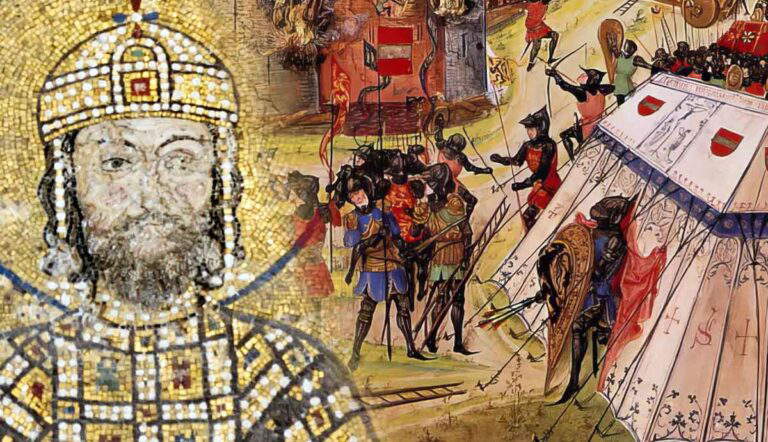- Ancient History
- History
- Medieval History
- American History
- Latin and South American History
- European History
- World History
- Art and Artists
- Renaissance Art
- 17th-19th Century Art
- Modern and Contemporary Art
- Artists
- Ancient and Modern Philosophy
- Travel and Culture
- Interviews
- Religion
- Answers
- Stories
- Collecting Art
- Film and Cinematic Artistry
- News
- Free Historical Maps and Infographics
Discover the annals of military history and revolutions, exploring pivotal battles, strategies, and uprisings that defined eras and redrawn borders.
Operation Torch in 1942 saw an allied American and British force liberate French North Africa from Axis control.
As part of the Allies’ island-hopping strategy in the Pacific Theater of WWII, the Americans landed on Saipan, one of Japan’s strongholds in the central Pacific.
In 1853, US Navy Commodore Matthew Perry sailed a squadron of warships to Japan with the aim of ending Japan’s international isolation.
The sailing of the Great White Fleet was intended for the world to see America as a dominant naval power.
Napoleon's Continental System, a boycott of British commerce across Europe between 1806 and 1814, led to a brief war between Britain and Russia: the Anglo-Russian War.
From naval aviators to supreme allied commander, seven US presidents served in World War II. Here’s how the conflict impacted them personally and politically.
While serving as US president, Theodore Roosevelt embraced an assertive foreign policy in Latin America and Asia known as the Big Stick Policy.
During the first half of the 16th century, Emperor Charles V inherited a large empire and spent his life trying to hold on to it.











